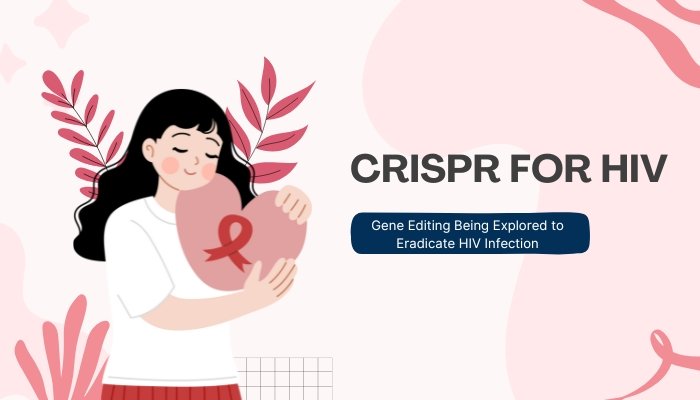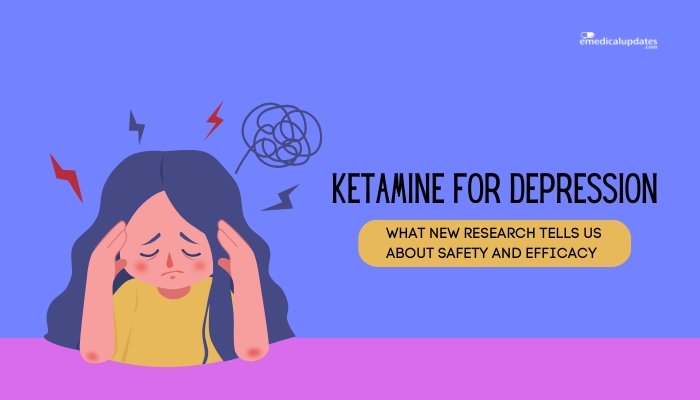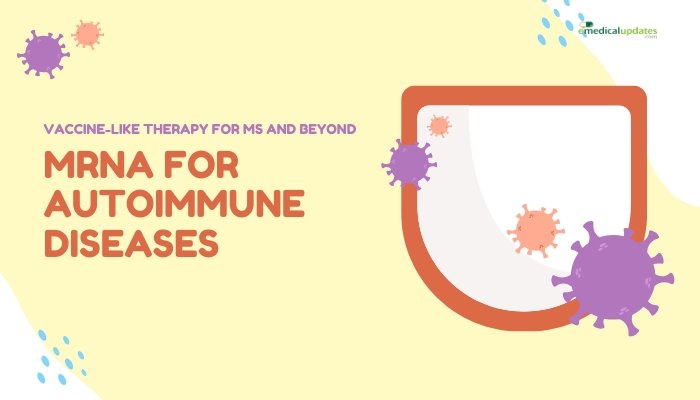Introduction
For decades, HIV (human immunodeficiency virus) was considered incurable, with antiretroviral therapies (ART) keeping the virus at bay but never fully eradicating it. A handful of rare “cure cases” have emerged involving stem cell transplants from donors with unique genetic resistance to HIV, offering a glimpse at what might be possible.
Recently, another individual has reportedly achieved long-term remission after receiving a transplant, reinforcing that these extraordinary cases are more than one-offs. While such transplants are not yet a practical widespread cure, each success is a major leap forward in understanding how to eliminate HIV reservoirs in the body.
This article explores the latest remission case, the science behind HIV-resistant donor cells, and the implications for future cure research.
The Concept of an HIV “Cure”
Understanding ART and Viral Suppression
Modern combination antiretroviral therapy effectively reduces HIV in the bloodstream to undetectable levels, preventing further immune damage and transmission. However, the virus remains dormant in “reservoirs”—pockets of infected cells—that reactivate if ART stops. A “cure” implies the virus cannot rebound after discontinuing treatment.
Types of HIV Cure Strategies
- Functional Cure: The virus remains in the body but is controlled without ongoing medication.
- Sterilizing Cure: All viral traces and infected cells are eradicated.
The famous “Berlin Patient” (Timothy Ray Brown) and subsequent rare transplant recipients each provide functional or near-sterilizing cures under unique circumstances involving donor cells.
Stem Cell Transplants for HIV Remission
CCR5-Δ32 Mutation
Central to these cure stories is the CCR5-Δ32 mutation. CCR5 is a receptor HIV commonly uses to enter human cells. Individuals with the CCR5-Δ32 mutation lack functional CCR5, making them largely resistant to HIV infection:
- Donor Cells: When a patient receives a stem cell transplant from a donor with this mutation, their new immune cells are inherently resistant to HIV.
- Myeloablative Conditioning: The patient’s own immune system is wiped out to make way for the donor cells. This can reduce the viral reservoir by killing HIV-infected cells.
Limitations
- High Risk: Stem cell transplants are complex, with potential for graft-versus-host disease and other complications. Typically used only for life-threatening cancers or conditions requiring bone marrow transplantation.
- Rare Donors: The CCR5-Δ32 mutation is found mostly in individuals of Northern European descent (~1% of that population). Matching a patient’s tissue type to such a donor can be extremely difficult.
The Latest Patient in Remission
Case Overview
Recently, doctors reported a patient with HIV and a life-threatening blood cancer received a stem cell transplant from a donor carrying the CCR5-Δ32 mutation. After transplantation and completing their cancer treatment:
- HIV Undetectable: The patient has been off antiretroviral therapy for an extended period (often at least a year), with no viral rebound.
- Improved Immune Profile: Tests show the new donor-derived immune cells are resistant to HIV infection.
- Ongoing Remission: Monitoring continues to ensure no reemergence of the virus.
Comparisons to Previous “Cure” Patients
Like the Berlin and London Patients, this new individual also underwent a transplant primarily to treat hematological malignancy. Each case highlights the synergy of replacing susceptible immune cells with HIV-resistant counterparts. However, these remain exceptional stories, as typical HIV-positive individuals without coexisting cancer would not undergo such a high-risk procedure.
Implications for HIV Cure Research
Proof of Concept
These remission cases demonstrate that targeting CCR5 can potentially eradicate or dramatically reduce HIV reservoirs. Insights gained from such transplants guide gene-editing strategies—like CRISPR-based approaches—to mimic the CCR5-Δ32 effect without full stem cell replacement.
Expanding Treatments
Researchers hope to develop less invasive methods that replicate these results:
- Gene Therapy: Editing patients’ own stem cells to carry CCR5 mutations or other protective changes.
- Immune Reconstitution: Encouraging the body to develop HIV-resistant immune cells through targeted therapies, possibly combined with latency-reversing agents or vaccines.
Social and Clinical Context
While each remission fuels optimism, full cures via transplants are not feasible at scale—risks and donor matching constraints remain prohibitive. Still, these success stories push the envelope, shaping how scientists approach the so-called “functional cure.” Patients may no longer need lifelong ART if their immune system can control HIV on its own.
Challenges and Future Directions
Safety and Feasibility
Stem cell transplants require harsh conditioning regimens (chemotherapy/radiation) that carry significant morbidity and mortality risks. This approach only makes sense for patients already requiring a transplant for conditions like leukemia or lymphoma.
Genetic Approaches
Continuing development of gene-editing treatments aims to bypass the need for a matched CCR5-Δ32 donor:
- Ex Vivo CRISPR: Edit the patient’s own stem cells to disrupt CCR5 or enhance HIV resistance, then reintroduce them.
- In Vivo Delivery: Direct injection of gene-editing vectors is more challenging but might eventually be possible with advanced targeting technologies.
Ongoing Surveillance
Even after remission, a risk of HIV rebound exists. Patients remain under close observation, with periodic viral load tests. Each additional year of remission builds confidence that the virus is truly under control.
Frequently Asked Questions
- Is this new patient completely cured of HIV?
- They are in sustained remission off ART. Time will tell if the virus is truly eliminated or suppressed indefinitely.
- Can others get the same stem cell transplant to cure HIV?
- It’s not practical for most. Such transplants are typically reserved for patients also needing treatment for leukemia or lymphoma, and a CCR5-Δ32 donor match is rare.
- Does this mean a widespread cure is near?
- It’s a big leap forward, but we still need more accessible, less invasive strategies. Gene-editing and immunotherapy hold promise for broader use.
- How many documented “cure” patients exist?
- Fewer than a handful of confirmed cases—Berlin, London, Düsseldorf patients, and now others—where infection hasn’t resurfaced after stopping ART.
- What about using CCR5-blocking drugs?
- CCR5 antagonists (like maraviroc) exist, but they generally lower viral load, not fully eradicate the virus. Stem cell-based approaches are far more potent.
Conclusion
Another stem cell transplant recipient’s successful HIV remission furthers the narrative that curing HIV isn’t just theoretical. By replacing the patient’s immune system with cells lacking the CCR5 receptor, these high-profile cases confirm that the virus can be forced into a state of nonexistence—or near it. While intractable for the majority of HIV-positive individuals, these stories provide a vital proof-of-concept fueling gene-editing and immunotherapy research. In the meantime, for most, antiretroviral therapy remains the cornerstone of HIV management.
As scientists refine gene technologies to produce CCR5-Δ32-like effects in a patient’s own cells—or discover other ways to curb HIV’s replication—perhaps we’ll see more widespread cures that don’t rely on the extraordinary step of a stem cell transplant. Each remission case clarifies our path forward, offering tangible hope that “functional cures” could become a reality for many more.
References
-
- Hütter G, et al. (2009). “Long-term control of HIV by CCR5 Delta32/Delta32 stem-cell transplantation.” NEJM.
-
- Gupta RK, et al. (2019). “HIV-1 remission following CCR5Δ32/Δ32 haematopoietic stem-cell transplantation.” Nature.
-
- Henrich TJ, et al. (2020). “Stem cell transplantation and persistent HIV reservoir eradication.” J Infect Dis.
-
- AbbVie Press Release (2023). “New patient in HIV remission post-stem cell transplant.”
-
- UNAIDS (2022). “Global HIV & AIDS statistics.”




